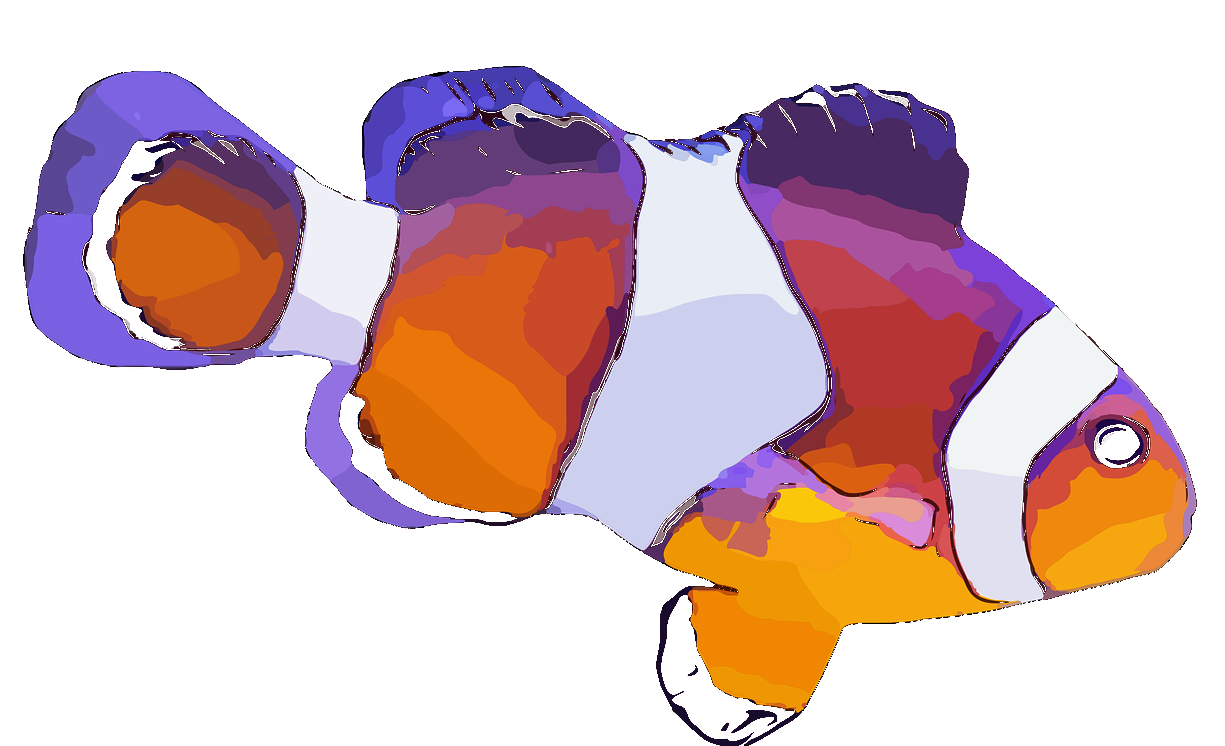#science #reflection #mirrors #honeycomb
Have you ever looked closely at a bicycle reflector? If you have, you will have seen the honeycomb pattern deep inside. What you are seeing is less honeycomb and more a stitching of multiple reflecting surfaces at a right-angle to each other.

Mirrors are a great reflecting surface. When you shine a light to them, the light will reflect at an angle directly opposite, this is known as the law of reflection. For example, in this diagram, P is the light being projected onto the mirror (or incident ray), and Q is the light reflecting off it (reflecting ray). You can see the angle of P with respect to normal, will be the same as Q (with respect to normal). This means that if we want to use mirrors as bicycle reflectors, we’d need to make sure they constantly reflected light back 0° and you can imagine how difficult that could be.
You can solve this problem by adding a second mirror at 90°. This will ensure that any light being projected at one of the mirrors, will be reflected directly back. And yet, if the incident ray (projected light) is not perpendicular to the mirrors, you will the same issue we in the first place. And therein lies the solution and the reason we see a honeycomb pattern. The solution is to add a 3rd mirror perpendicular to the two. With this 3rd mirror, all light you project onto it will reflect directly back to you, regardless of the angle.
That’s what Steve Mould discussed on his channel this past week. He did a great job demonstrating the law of reflection and how we have come to take advantage of this to solve simple problems, like being seen at night, to more complex problems, like being invisible to radar.


